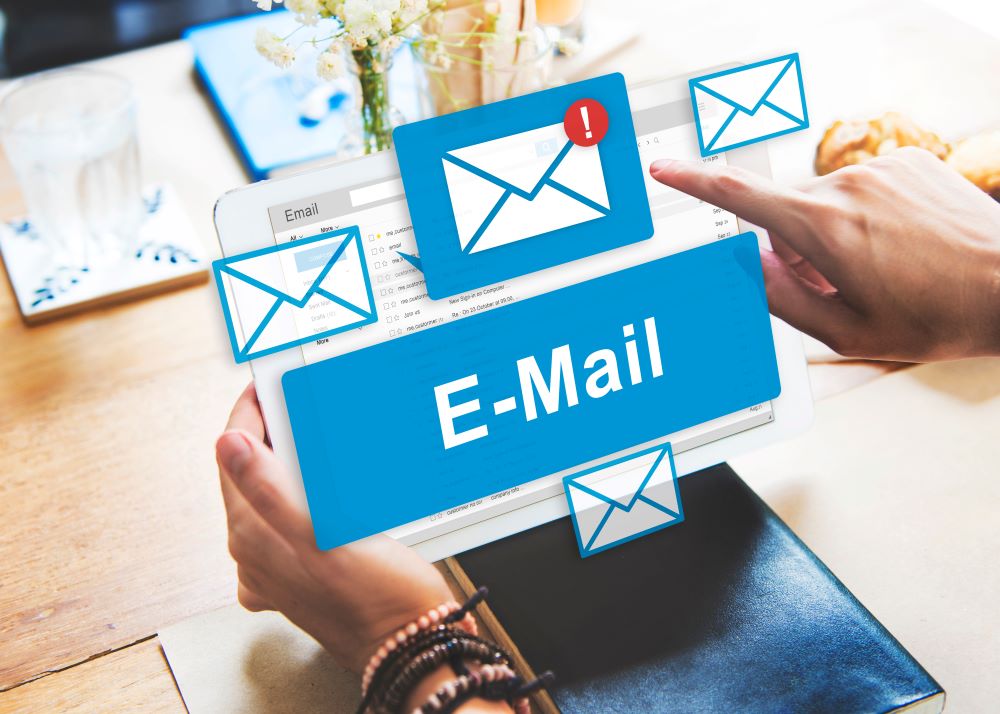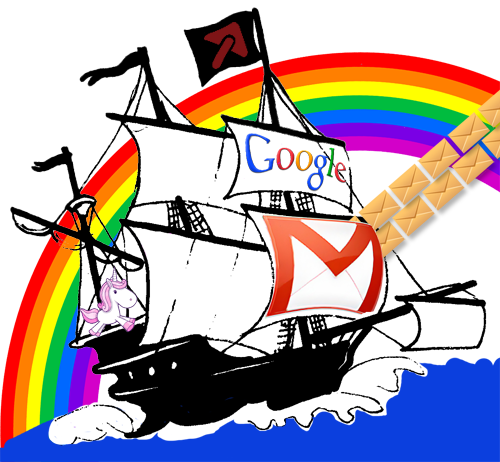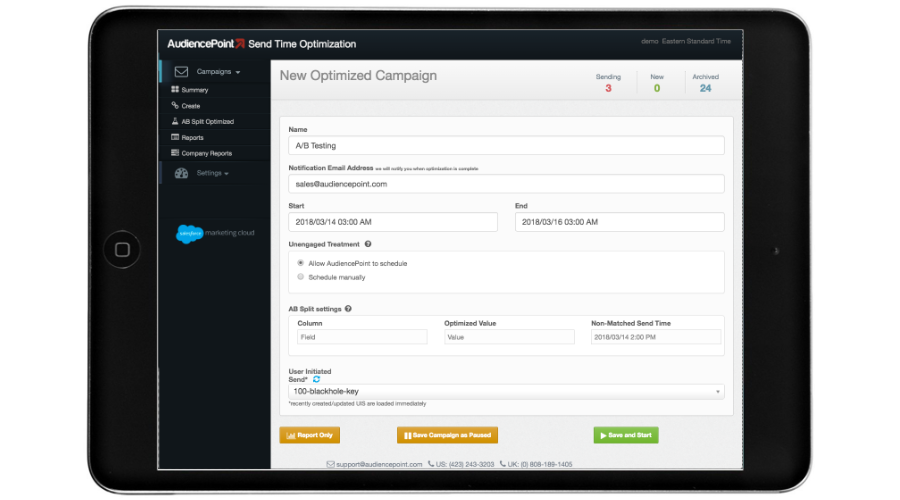AudiencePoint is thrilled to announce our new integration with Klaviyo! AudiencePoint is looking for partners to pilot our...
Many companies setting up an email verification system will wonder how long the process takes. After all, if you plan to do an initial email verification when someone signs up for your list, you don’t want it to be too long and cumbersome that it deters potential subscribers from going through the process.
So how long is too long? Several hours, days, minutes? In this article, we’ll break down how long email verification takes, how email verification works, the types of email address verification tools used, and how long the process should last. Read on for all the information needed for your message to avoid the junk folder.
How Can I Verify an Email Address?
The best way to verify an email address is by using email validation software. That will typically come in two forms: initial verification and bulk verification. Let’s discuss both of those processes in more detail.
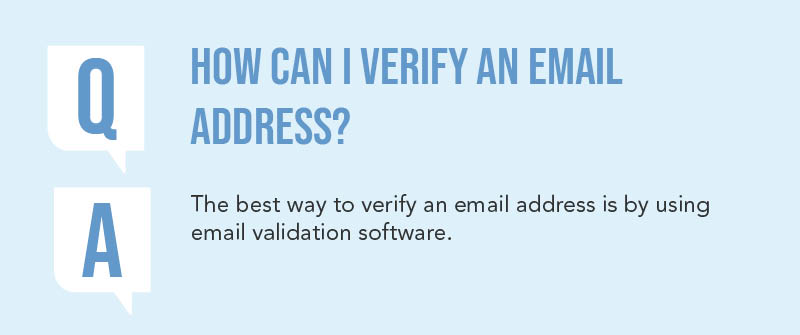
How Does Email Verification Work?
If you’re wondering how verification works, let’s dive into both types of email verification.
First, there is the initial email verification or confirmation. This involves sending an email code number or link to a new subscriber’s email address they use when signing up for your list. When they input the code number or click the link, it shows they have access to that inbox and are added to your list.
Another option is bulk email verification. Bulk verification tools will allow you to import your email list into their system, and they’ll run several processes in the background, like SMTP checks and IP address lookups, to determine if the subscribers on your list are real. This is a great option when you have an established list that was never verified.
Lastly, the option that email marketers often prefer is the ability to perform an API call on a form in real-time when new subscribers fill it out. Our insight software at AudiencePoint is able to perform this function and allows you to perform an initial verification without sending an email or performing a bulk processing operation.
Email Verification Link vs. Code
In the initial verification process, there is the possibility of using either a link or a code to verify a new subscriber’s email address. That leads to many marketers wondering which option is better.
Typically, both of these options are effective.
The main concern is how user-friendly the process will be. It’s usually much easier for someone to click a quick link they see in their inbox to confirm their email address. On the other hand, a code is more cumbersome for someone to have to navigate to their inbox and copy and paste or remember the code to input it back in a form.
That’s why you’ll typically see more links than codes, but either process will work well. Even entering a code isn’t that much of a hassle for most consumers, so opting to go that route isn’t a bad thing. Use your personal preference here.
Are There Free Email Validation Tools?
Now, you may be wondering if there are free tools to help with this process. Free tools can do both an initial confirmation and bulk verification. However, free options, especially for bulk verification, will have their limitations.
Most free email platforms like Mailchimp will allow you to do an initial email confirmation with a code or link. This works relatively well and is, for the most part, the same as most premium solutions for initial confirmation.
When you get to bulk verification, the free options here are much clunkier. They typically require you to input one email at a time, which doesn’t work the best when you have thousands of emails to verify. That’s why premium tools like our insight software at AudiencePoint are a better solution for this. AudiencePoint’s email verification solution allows you to plug our API directly into your forms so you can verify email addresses as you collect them.
How Long Does Email Verification Take?
Typically, email verification, whether it’s initial verification or bulk verification, will take a matter of seconds or minutes.
The initial verification is usually only limited by how long it takes for the confirmation email to be sent and for the recipient to navigate to their inbox and go through the confirmation process. Most consumers are used to doing this since it’s common in today’s marketing space so that it won’t take your customers very long.
Bulk verification is also a very short process, even when you have a significant list of subscribers. The only limitation here would be the type of software you choose. Many verification solutions like AudiencePoint will allow you to verify emails as you collect them in real-time using an API, taking at most a few seconds for results to be passed through.
If it’s a bulk email checker where you need to input one email at a time, then it could take days, weeks, or months to get through that process, further cementing why that route won’t be the best for most marketers. You’ll want to go for a premium solution like our insight software at AudiencePoint to get quick results.
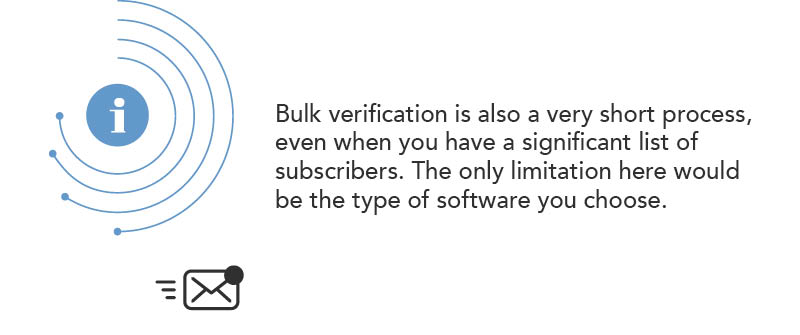
Why Can Email Verification Take So Long?
When a verification email takes a long time, it’s usually either because the company’s servers are overwhelmed with a lot of traffic or the automated software they’re using isn’t set up correctly or has slow systems.
If you’re getting a lot of complaints from customers, read up on the software you’re using as an email list validator to ensure all your settings are correct. Also, make sure your business email is functioning properly. If you’ve had an influx of email list signups recently, it could also lead to some deliverability issues that should be investigated.
On the customer end, if you’ve been waiting a while for a verification email, try checking your spam folder to ensure it didn’t end up there, or contact the company to see if they can troubleshoot.
How Long Does Email Verification Last?
On average, most email verification links or codes will expire after 24 to 48 hours. However, some may be set up to last a shorter or longer duration of time, depending on the company’s preference.
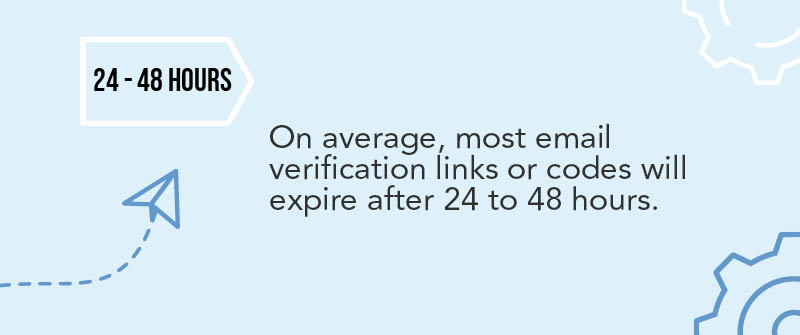
Why Do Email Verification Codes Expire?
Verification codes expire mainly for security reasons. It helps clean up databases of old verification codes. Plus, since verification is meant to ensure a company’s list of subscribers is real and active, it’s an added measure to have only the most engaged subscribers added to the list.
How AudiencePoint Can Help You Avoid Spam Folders
Marketers searching for a premium verification solution will benefit from our insight software at AudiencePoint.
At AudiencePoint, we can help verify your already-established email list using a combination of detail metrics from your audience and our second-party data that accounts for 90% of U.S. consumers. Our email verification API can let you verify your new email subscribers as they sign up on your website.
Using these measures, we can take verification a step further than other options since we have accurate data from how real consumers interact with content. It’s much better than simply sending server pings or checking DNS records.
On top of all of that, AudiencePoint can also help you boost engagement by identifying and re-engaging inactive subscribers, optimizing send times, helping segment your list, and much more.
Contact us today to learn more about how AudiencePoint can help with your email marketing needs.
